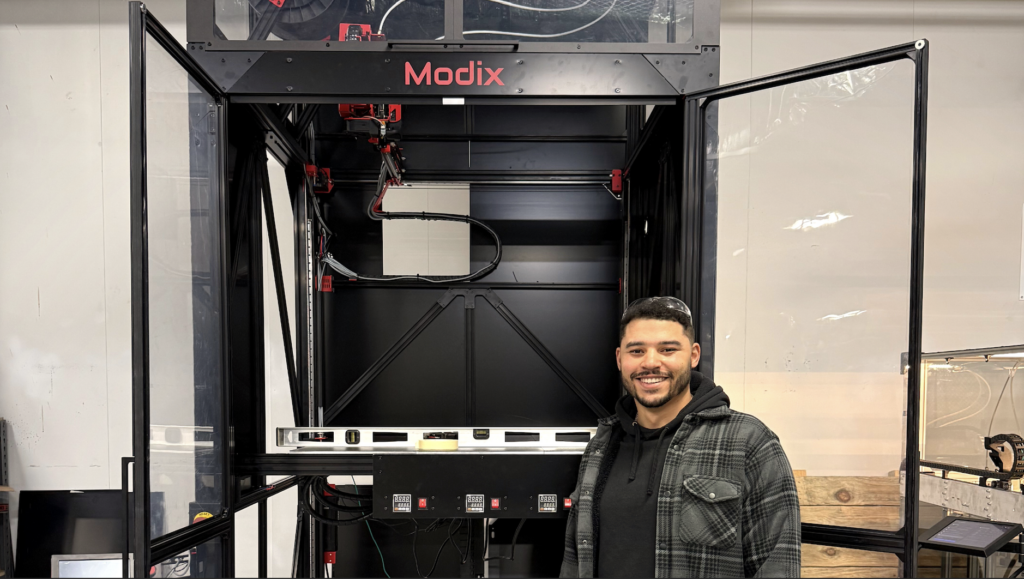CRG is set to revolutionize the future of aerospace manufacturing with a $2.5 million contract awarded by the Air Force Rapid Sustainment Office (RSO). This contract will fund the design and prototype development of a state-of-the-art, high-temperature fused filament fabrication (FFF) 3D printer capable of producing nearly nine-foot-tall aerospace components. The 12-month initiative represents a significant step forward in the production of critical aircraft parts.

“My experience with hobbyist 3D printers has revealed not only the vast opportunities but also the significant challenges that remain,” said a CRG engineer who works with the 3D printer. “With this project, we’re addressing those challenges by developing specialized AM hardware and approaches that can produce high-quality, certifiable parts—moving beyond simple models and prototypes to components capable of withstanding real-world operational demands.”
CRG first introduced its innovative system concept to the Air Force in 2023. After months of refinement, the program was officially launched in September, tackling key challenges in high-temperature additive manufacturing. Unlike low-temperature 3D printing—where scale isn’t a limiting factor, and even entire houses can be printed—high-temperature applications have been constrained by thermal management limitations. CRG’s breakthrough approach integrates advanced cooling mechanisms and material stabilization techniques to ensure structural integrity at unprecedented scales.
To drive the project forward, CRG has assembled a specialized team of 12 in-house researchers and partnered with two consulting firms renowned for their expertise in printing. This effort builds on CRG’s rich history of advanced materials engineering and manufacturing achievements, including its recent U.S. patent for a breakthrough composite aircraft structure fabrication method using compression molding.
The Material Division team recently constructed a large-format 3D printer that will serve as a test bed for new designs, processes, and hardware developed throughout the project.
“Scaling high-temperature additive manufacturing to this level requires us to rethink nearly every aspect of the process,” said a Materiel Division engineer. “From material handling to thermal control and mechanical precision, we’re developing solutions that will not only meet the Air Force’s needs but also open the door to new commercial applications in industries that demand extreme performance.”
Beyond this initial development phase, CRG intends to secure additional funding to build the next-generation printer while also exploring commercial opportunities. The implications of this technology extend far beyond the defense sector, with potential applications in medical devices, automotive engineering, and motorsports, where high-temperature additive manufacturing can drastically enhance product performance, durability, and efficiency.
